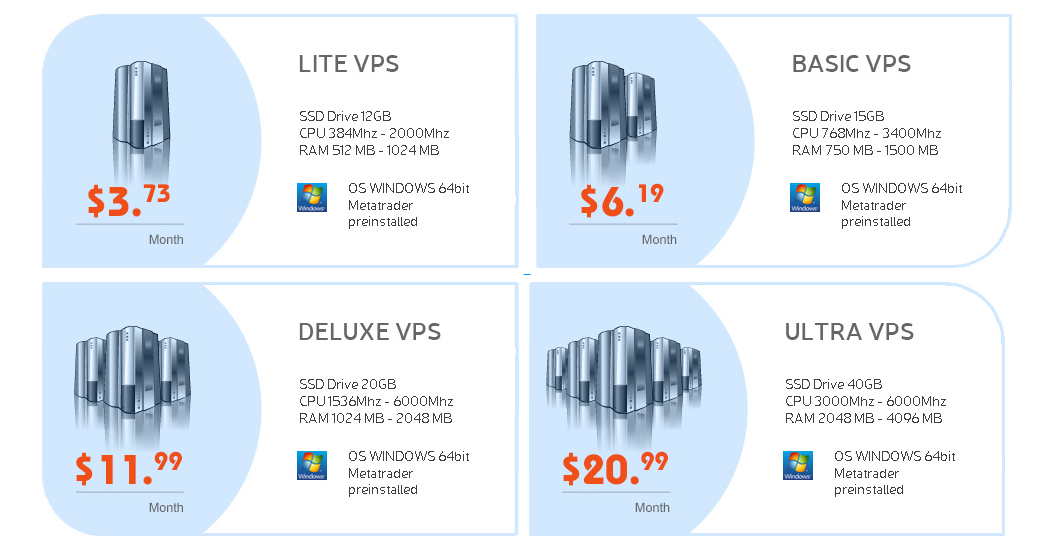When it comes to trading with Expert Advisors (EAs), there are significant differences between using them in a demo environment and in a live trading situation. EAs are automated trading systems that execute trades based on pre-defined criteria. They can be a valuable tool for traders, but it's essential to understand how they perform in different scenarios.
In a demo account, EAs may appear to work flawlessly, executing trades without any errors. However, in the live market, the story can be quite different. The reason for this disparity lies in the practices of brokers and the underlying dynamics of live trading.
Brokers play a crucial role in executing trades, and not all brokers are created equal. Some brokers may claim to offer Straight Through Processing (STP) or direct order execution to liquidity providers. However, even these brokers may manipulate trades before executing them, resulting in slippage and widened spreads to their advantage.
During demo testing, traders may not experience these manipulations since the demo accounts usually lack the middleware and plug-ins present in live trading accounts. As a result, EAs in demo accounts may perform differently and produce more consistent results compared to live trading.
When transitioning from a demo account to a live account, traders need to be vigilant about their EA's performance. Monitoring trades, comparing logs, and adjusting money management strategies are essential steps to ensure smooth live trading. Additionally, traders must be aware of potential broker issues, such as incorrect swap charges or delayed trade executions.
In conclusion, while demo testing provides a valuable starting point for EA performance evaluation, it may not accurately reflect live trading conditions. Traders should exercise caution, thoroughly test their EAs in live accounts with limited risk, and be prepared to adapt their strategies based on real-time market behavior and broker practices.
